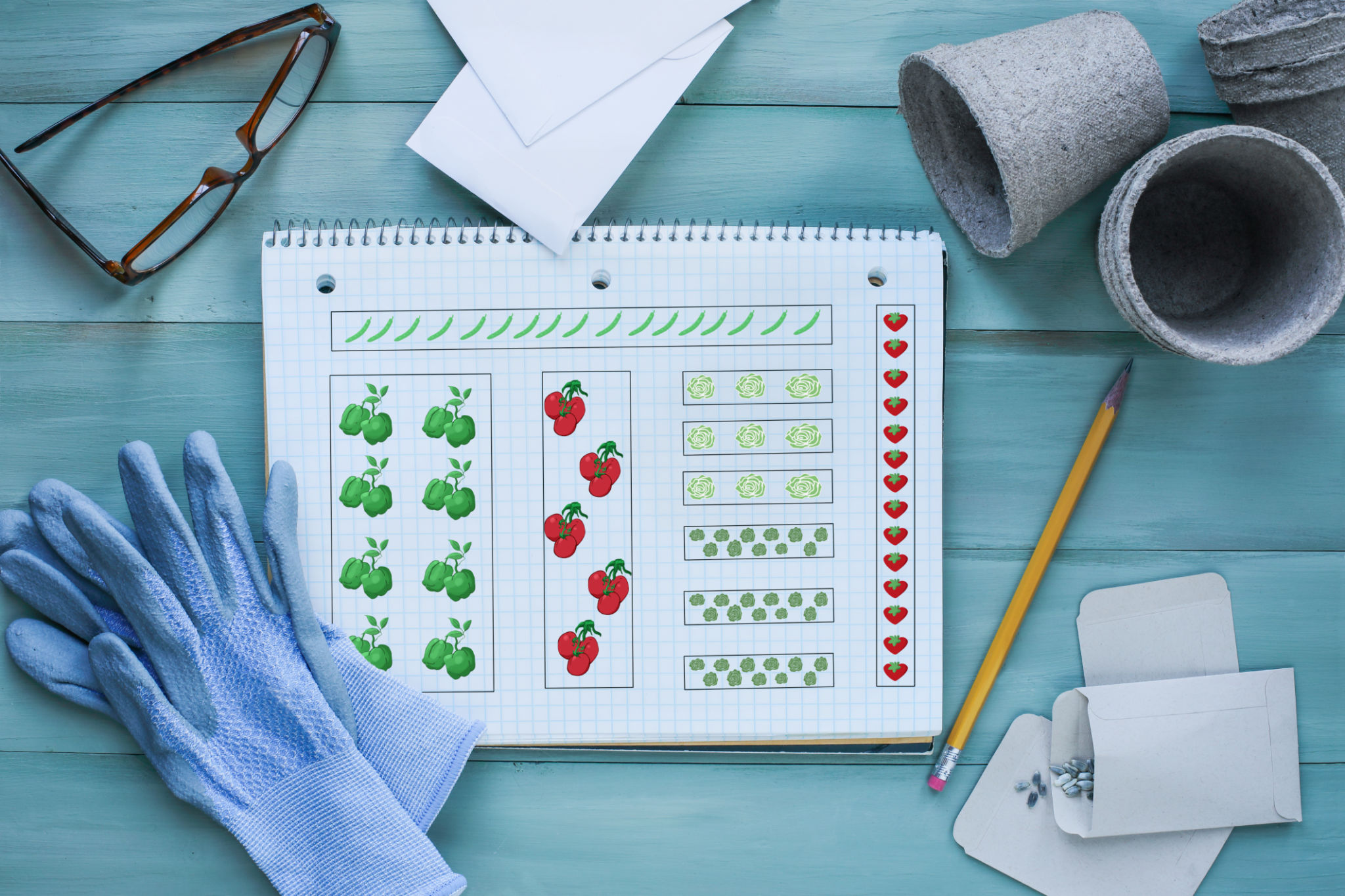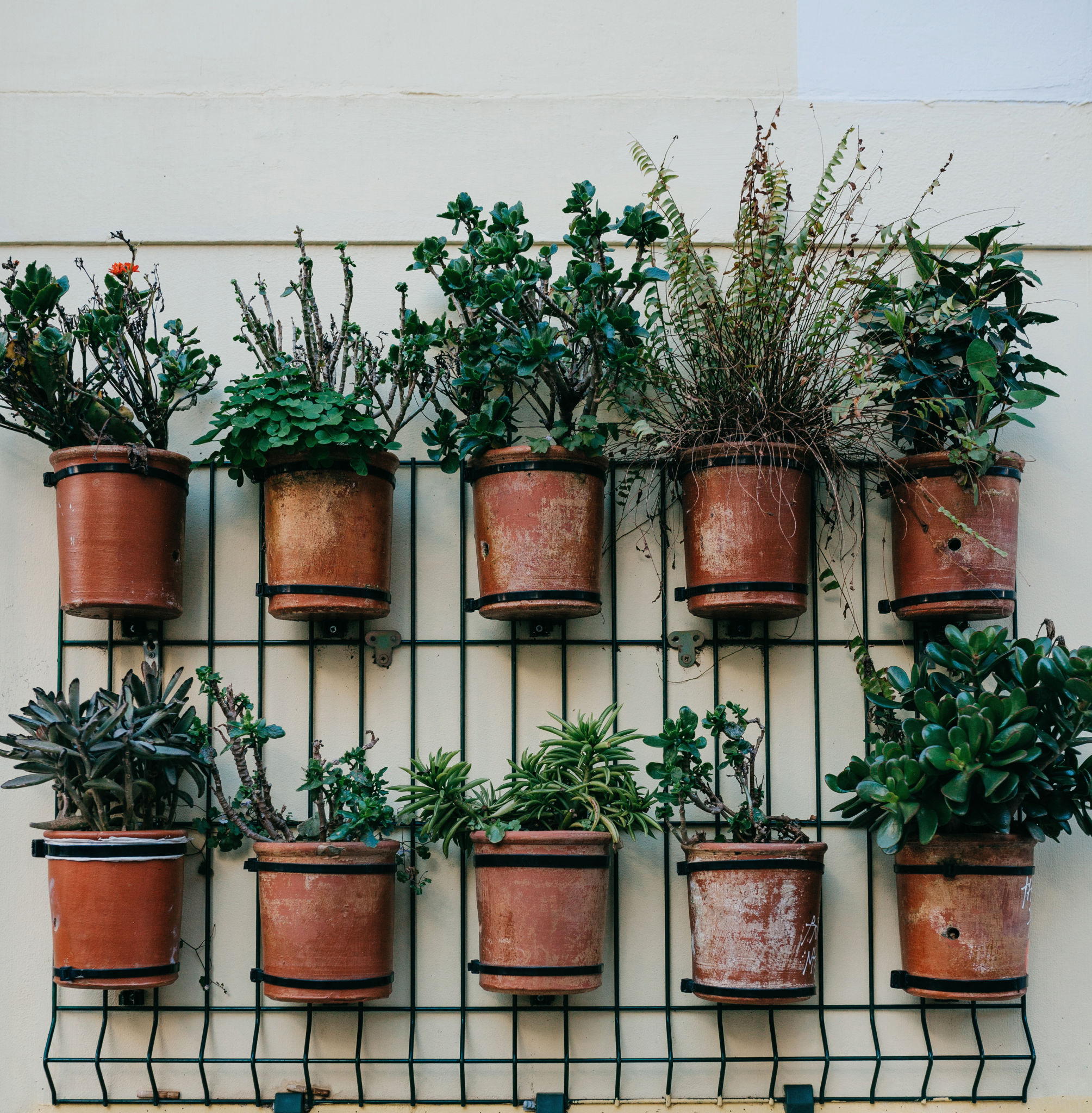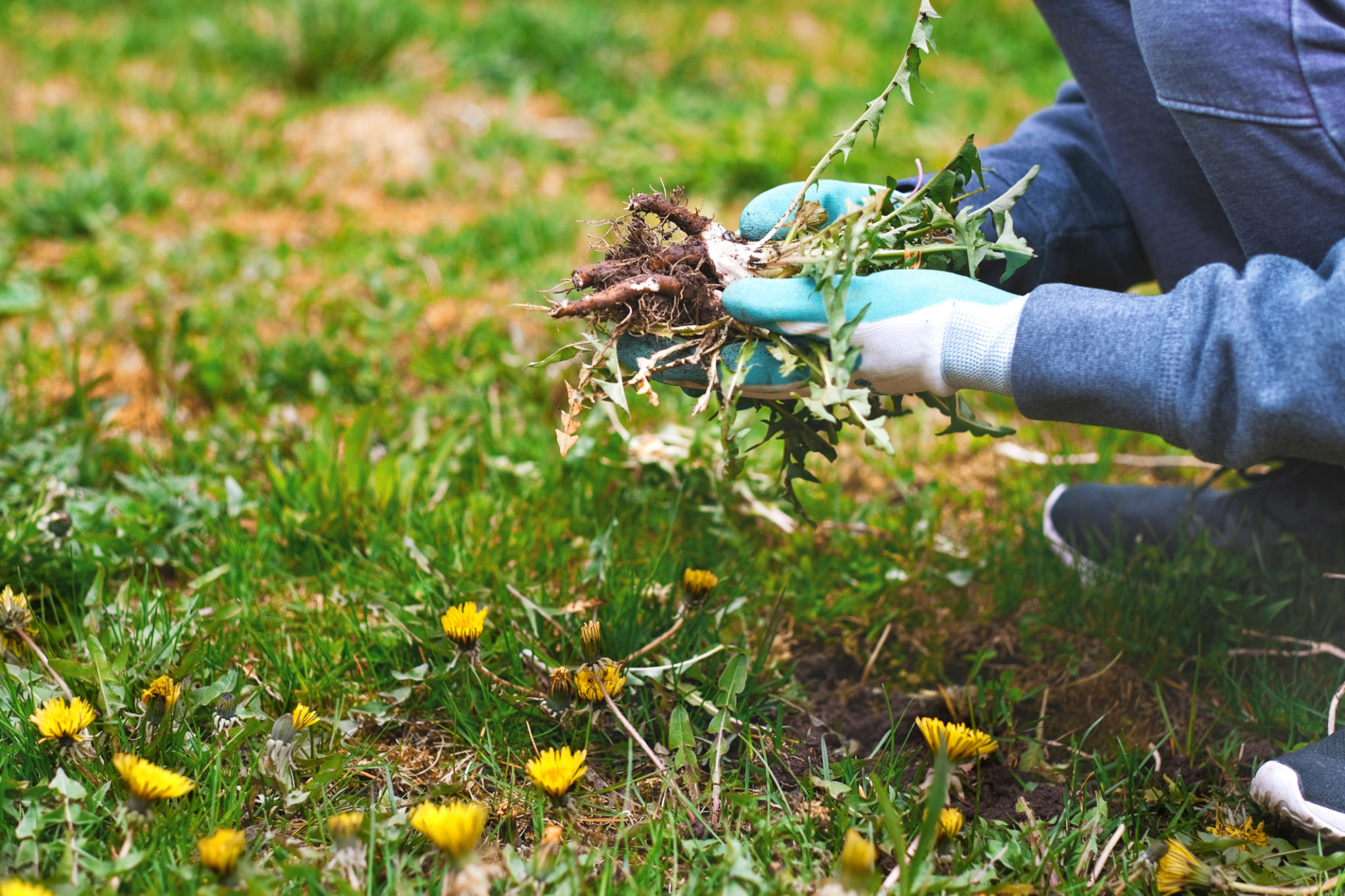How to Transform Your Garden into a Year-Round Source of Fresh Food
Planning Your Year-Round Garden
Transforming your garden into a year-round source of fresh food begins with careful planning. Consider the climate in your region and the specific conditions of your garden, such as sunlight and soil quality. Understanding these factors will help you choose the right plants that can thrive throughout the year. Start by sketching out a layout of your garden space, taking into account the growing seasons of different crops.

When planning, think about crop rotation to maintain soil health and prevent pest build-up. Rotating crops helps keep your garden productive and reduces the risk of diseases. It's also essential to include a mix of fast-growing and slower-maturing plants to ensure a continuous harvest.
Choosing the Right Plants
Selecting the right plants is crucial for a successful year-round garden. Focus on a combination of vegetables, fruits, and herbs that grow well in your region. For instance, leafy greens like kale and spinach can thrive in cooler months, while tomatoes and peppers flourish in warmer weather. Incorporating perennial plants such as asparagus and rhubarb can provide consistent yields with minimal effort.

Herbs like rosemary, thyme, and mint are excellent choices as they can grow throughout the year in most climates. They not only enhance your meals but also offer the convenience of fresh herbs at your fingertips. Consider planting fruit trees or berry bushes for an extended harvest season, ensuring that your garden is productive year-round.
Maximizing Space with Vertical Gardening
If you're working with limited space, vertical gardening can be a game-changer. By utilizing vertical space, you can grow more plants without expanding your garden's footprint. Use trellises, hanging baskets, and wall planters to cultivate climbing plants like beans, peas, and cucumbers.

Vertical gardening not only maximizes space but also improves air circulation around your plants, reducing the risk of fungal diseases. It's a creative way to add visual interest to your garden while increasing your food production capabilities.
Seasonal Strategies for Continuous Harvest
Implementing seasonal strategies is key to keeping your garden productive all year long. Use cold frames or row covers to protect plants from frost during colder months. These simple structures can extend your growing season by providing a warmer microclimate for sensitive plants.
Succession planting is another effective technique to maintain continuous harvests. As soon as one crop is harvested, replant the area with a new batch of seeds or seedlings. This method ensures that you always have something growing in your garden, maximizing productivity.
Caring for Your Year-Round Garden
Regular maintenance is essential for a thriving year-round garden. Monitor your plants for signs of pests and diseases, and address any issues promptly to prevent them from spreading. Adequate watering is crucial, especially during dry spells, so consider installing a drip irrigation system for efficient water use.

Fertilizing your plants with compost or organic fertilizers helps replenish nutrients in the soil, promoting healthy growth. Mulching around plants can conserve moisture, suppress weeds, and maintain even soil temperatures, contributing to a robust garden environment.
Embracing Sustainable Practices
Sustainability should be at the forefront of your gardening efforts. Incorporate eco-friendly practices such as composting kitchen scraps and using natural pest control methods like companion planting to enhance biodiversity in your garden.
Harvest rainwater using barrels or other collection systems to reduce reliance on municipal water supplies. Choose native plant species when possible, as they are better adapted to local conditions and require fewer resources to thrive.
Reaping the Benefits
A year-round garden not only provides a steady supply of fresh food but also offers numerous benefits for your well-being. Gardening can be a therapeutic activity that reduces stress and connects you with nature. Additionally, consuming homegrown produce ensures that you have access to nutritious food free from harmful chemicals.
By transforming your garden into a year-round food source, you'll enjoy the satisfaction of self-sufficiency and contribute positively to the environment. This journey requires dedication and creativity but ultimately rewards you with a bountiful harvest and a sustainable lifestyle.
